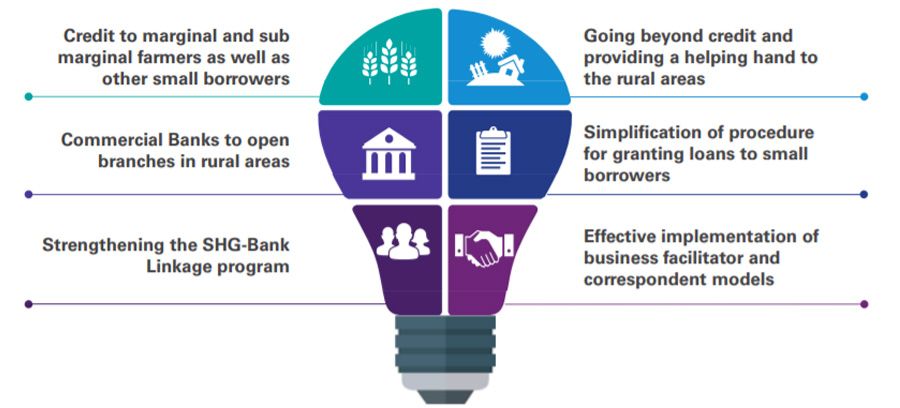August 20th, 2020
By: Megan Hakopian
The microfinance revolution has changed the lives of so many in underdeveloped
and developing nations and included many people who normally would be excluded by formal
financial institutions.

The objective of microfinance is to first and foremost eradicate poverty and extreme hunger,
achievement of global education for all, promotion of gender equality and women’s
empowerment, reduction of child mortality, improvements in maternal health, creation and
stimulation of income producing activities, and encouragement of new business creations for the
poor to end the cycle of crippling poverty.
A main component of microfinance is the extension of small loans to the poor including women
who are too poor to qualify for loans in regular commercial banks especially in the developing
world. Microcredits enable poorer communities and people to generate income by self
employment activities, thus allowing them to increase the standard of living for them and their
families.
One of the main factors that increases constantly due to the demand for microfinance loans is job
creation. In many developing nations such as Bangladesh and Pakistan, microfinance is
increasingly being used to increase the financial living situations of all citizens. Not only does
microfinance equip the poor with some opportunities, hope and self-esteem.
One success story is that of Rose Ben Aya, she fled South Sudan with her children in 2016
amidst one of the most widespread violent outbreaks of the civil war. Rose then heard of a
company called BrightLife and quickly viewed this as a way to provide for her and her children.
By investing in solar homes, she added a savings of 1,000 shillings ($0.27) a day from no longer
buying candles for lighting now going toward paying off the solar home system. She ends with,
“With solar lights, my children can concentrate better on their studies, and they are all doing
better at school.”
Microfinance is an important element to reducing global poverty and can empower so many lives
in underdeveloped and developing nations by one simple loan. Microfinance gives the poor
opportunities to invest in income stimulating activities, to save money and to watch their
situation improve. Surely, microfinance is not the medicine to curing poverty but it has proved
itself as a stepping stone to improve the lives of many. With the help of other interventions along
with microfinance, and using financial approaches that can help lift up the poor, these initiatives
can empower thousands of lives, just like Rose’s.